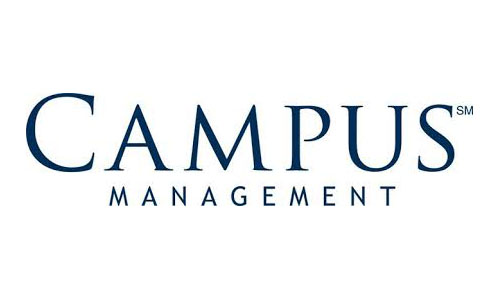Authentic engagement with the institution is often the key differentiator between students who thrive in higher ed and those who just survive. But the needs and expectations of students are changing, and institutions need to evolve their approaches to better foster student engagement today and in the future.
This web seminar discussed some best practices to engage with the new generation of students, as well as some strategies to ensure authenticity in student engagement efforts.
Speakers
Jennifer Beyer
Vice President, CRM
Campus Management
Mark Armstrong
Chief Strategy Officer
Campus Management
Paul Muller
Director of Admissions
Bemidji State University (Minn.)
Northwest Technical College (Minn.)
Chris Bunio
Senior Director, Higher Education
Microsoft
Jennifer Beyer: How do we foster a campus culture that is focused on thriving and on elevating both the institution and the students who participate? How are we evolving as technology partners and as institutions to support the shifting student profile? How do institutions and their partners work together to create a thriving campus community that fosters student engagement? How are we defining what it means to survive or thrive?
Mark Armstrong: Student success is institutional success, and vice versa. That may be the silver lining to a lot of the pressures and the changes that the higher ed industry is undergoing right now. Surviving means just focusing on basic operations with little innovation, which creates a reactive culture. Thriving is connected to growth and innovation, and means getting to the next thing.
Paul Muller: We want to focus on strategic marketing that’s rooted in data. If you listen to what students are telling you, you can get a head start on that. Consumers prefer to be targeted with appropriate information that adds value to their lives, and students are no different when it comes to inbound digital marketing. Have a digital marketing expert on your team—these experts are pretty insatiable about staying on top of trends.
Jennifer Beyer: Paul, what are some areas you’re seeing campus leadership targeting now to support a new student profile?
Paul Muller: We’ve made sure to get a very diverse staff to go along with support services, as well as a very diverse faculty, and we created an Office of Diversity, Equity and Inclusion. So we have the right support and services available, which ultimately give students an authentic connection to other students, faculty and staff.
Jennifer Beyer: I know Microsoft has invested heavily in education, not just in technology, to foster this kind of transformation. Chris, what are some of the things you’re seeing on the vendor side?
Chris Bunio: One of the biggest indicators that Microsoft looks at is the graduation rate and whether students are ready for the workforce. With the transformations happening in industry in general—the impact of things like artificial intelligence transforming jobs—we know that certain skills are more required than ever, as are base-level technical knowledge and just understanding data science. That’s why we’ve invested in things like LinkedIn and some of the skills platforms to help build those capabilities.
Jennifer Beyer: How do we use innovations to drive improvement and to ultimately result in better decision-making?
Chris Bunio: We’re seeing a journey toward insight and action, in which institutions are looking at the data they can start acting on and looking at a data strategy to start identifying those data sources and bringing them together—everything from the SIS data they may have through financial planning to student engagement systems. Then, they can apply newer innovations like machine learning to be able to generate new insights.
Jennifer Beyer: What are some of the ways artificial intelligence can help impact campus success?
Mark Armstrong: AI is for real, and it’s now so real that you don’t notice it in many respects. It’s akin to what business intelligence was 10 years ago and probably what reporting was before that. The basic use case for AI is pretty much the only way to reconcile the personalization that campus constituents are looking for with scale, with security and with the experience that’s necessary for today’s learner.
AI can provide context. It can forecast out. Insights start emerging, and those insights can be operationalized. What we’re doing is harnessing the power of the Microsoft platform services and building a digital assistant, and based on that analysis, we can automatically create student cases in our engagement platform, and the students’ counselors can then reach out to them.
 We know not all institutions want to deploy AI in the same way, so we’re taking a fundamental approach to best serve each constituent, and then growing from there.
We know not all institutions want to deploy AI in the same way, so we’re taking a fundamental approach to best serve each constituent, and then growing from there.
To watch this web seminar in its entirety, please visit UBmag.me/ws031319






